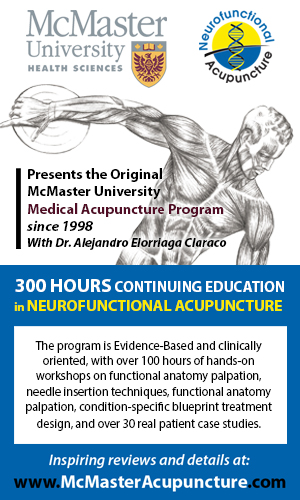Clinical Update: SUI and POP Research and Management Review
WANT TO ADVERTISE A COURSE?
View Media Kit 2024 and submit your ad in our Store.
All courses listed are emailed to OPA members on the third Friday of the month.
Questions? Contact us.
| Custom Content | |
|---|---|
| Course Type | Online |
| Date | 06/05/2024 - 06/05/2024 |
| Instructor Name | Jenny Telfer-Crum |
| Cost | 99 |
| Address | Online Map It |
| District | N/A |
| Brief Description | Participants who register for this course have the option to attend the course live and/or watch the recorded sessions later. The recording will be available to all registrants for a 2-week period after the course/each session. This allows participants who may not be able to attend the live sessions to still benefit from the course content. To facilitate attendance tracking, please indicate on your registration form if you won't be attending live. Course Description: In this online, 4-hour course, instructor Jenny Telfer-Crum will take you through an updated and in-depth review of proposed mechanisms, prevalence, risk factors and treatment options for stress urinary incontinence and pelvic organ prolapse. Integrating the latest research recommendations, international consensus statements and treatment pathways, this course will get you up-to-date so that you can make evidence-informed treatment recommendations and your clients can make truly informed decisions for their healthcare journeys. Everything from watch-and-wait, conservative management including pelvic floor muscle training, manual therapy and pessary use will be reviewed, as well as high-level overviews of medical management such as medication, injection and surgical options. Objectives Provide updated and in-depth information for the following: Pelvic organ prolapse
Stress Urinary Incontinence:
Prerequisite: None Audience: Open to healthcare professionals, including experienced clinicians Date/Time: June 5, 2024, from 5-9pm ET (Toronto). Please convert to your local time zone. |
| Link | pelvichealthsolutions.ca |
| Contact Name | Sarah Goorts |
| Contact Email | Email hidden; Javascript is required. |




